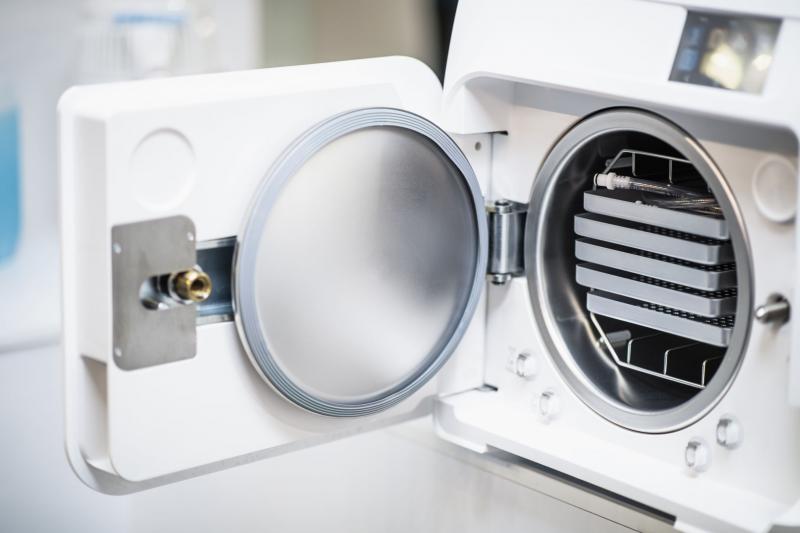2020
The Importance of Routine Autoclave Maintenance and Calibration

In a doctor’s or dentist’s office, having sterile equipment is as important as knowing how to conduct the procedures your patients need. Veterinarians, pharmacists, and hospitals require sterilization equipment for the same reasons. So if you use sterilization equipment in your practice, that means you’ll need to ensure it’s working properly. Regularly scheduled maintenance and calibration will ensure that your sterilization equipment is in fact sterilizing the tools you use and keeping your patients safe. Routine maintenance and calibration is also what prevents any downtime of the autoclave and any less than perfect sterilization.
Ensuring Sterilization Standards
The routine autoclave maintenance and calibration ensures that the sterilization process meets the standards for which is was designed. Calibration of sterilization equipment ensures that the proper temperatures are reached to kill any bacteria that may be present on used equipment. The temperature and length of the sterilization process are both key to proper functioning of the sterilization equipment. If your sterilizer or autoclave hasn’t been checked and calibrated recently, it’s a good idea to do so and to schedule regular maintenance to ensure that you never put your patients or yourself at risk. If the autoclave is not tested, measured, cleaned, and calibrated regularly, you cannot know exactly how well the autoclave is performing.
Benefits of Maintaining Autoclaves in Peak Condition
Keeping autoclaves in perfect running order, guarantees you that you will not be transmitting any microorganisms to staff, customers, clients, or patients. And the regular autoclave maintenance helps the device to work exactly as it was designed to work--perfectly. Neglecting autoclave calibration and maintenance can shorten the machine's service life, and can endanger those who use it. Remember, an autoclave works with heat and steam. You want that heat and steam operating properly.
Consequences of Poor Maintenance
Poor maintenance will results in numerous repairs, and a shortened service life. More importantly, microorganisms that you are trying to kill may not be killed.
Autoclave calibration and maintenance include cleaning the device thoroughly, repairing damaged parts, wiping filters, checking electrical elements, and calibrating the sensors.
Proper routine autoclave calibration includes proof of inspection and validation, and professional validation verifies that the autoclave decontaminates and sterilizes biological equipment exactly how it is supposed to.
Guidelines for Routine Calibration and Maintenance
If you want to do effective routine maintenance and calibration of your autoclave here are some basic procedures:
1. Check the optical sensors of every channel. Ensure that they are clean. If debris is identified, wipe the surface with a clean soft cloth.
2. Verify that the lighting parts are working.
3. Can you read the calibration?
4. Clean any dust off of the drawer’s plate.
Why is routine autoclave maintenance and calibration important?
Why Routine Maintenance and Calibration Are Essential
In summary, regular maintenance and calibration ensures that your machine is working properly and safe for you and everyone else nearby all the time. Don’t take any risks when it comes to autoclaves and sterilization equipment. Calibration and maintenance will give you peace of mind and confirmation that everything is working properly. This is how to ensure that everyone is safe from the potential risk of disease or infection. And routine autoclave maintenance and calibration will lengthen the service life of your equipment, reducing down time.
Alpha Scientific supplies, installs, and services medical equipment in western Canada. If you have any questions about this article or would like to talk to us about medical equipment, please call our toll-free number, (888) 818-4847, or email us at sales@alphascientific.ca.
